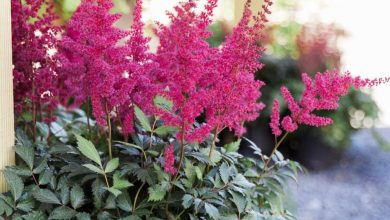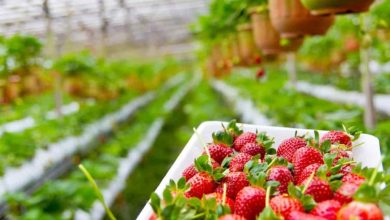What to Plant with Little Sun? Plants for a Shade Garden
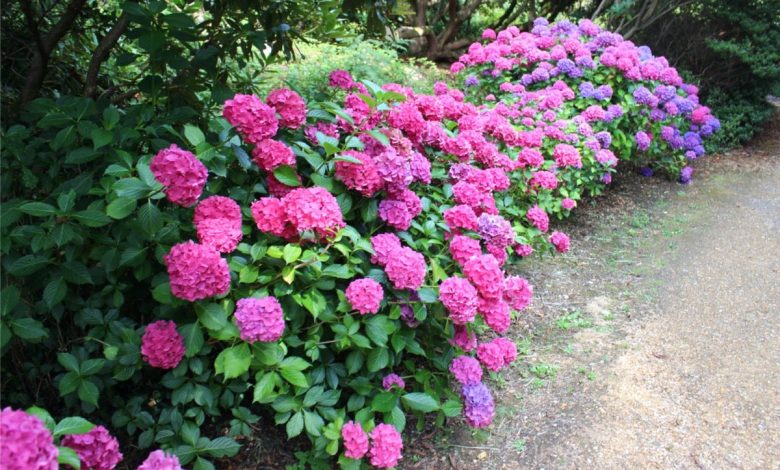
Do you have a garden in a patio or another type of urban garden without direct sun or in partial shade? A garden with little sun does not have to be a problem if we grow the right vegetables. Find out which are the shade vegetables and which plants need little sunlight to develop.
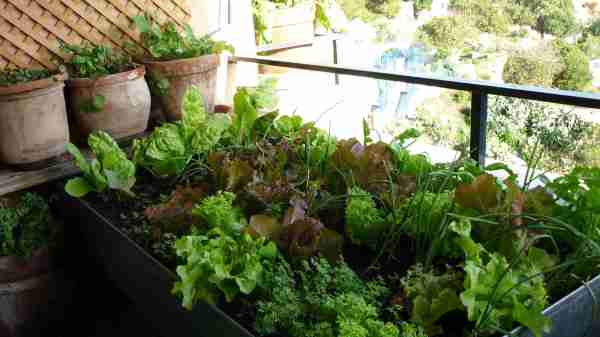
While all plants need light and most garden plants need quite a few hours of direct sun to grow and set fruit, there are some » shade plants» that can grow in shaded gardens that receive only a few hours of sun a day or reflected light.
What are shade plants?
Plants that do not need light do not exist. Although they can tolerate being in places without direct sun, the so-called «shade plants» must receive at least a little sunlight in order to develop.
But then… How many hours of sun do vegetables need? What are shade plants?
Shade plants are those plants that can grow in semi-shade or semi-shade, that is, in areas with dappled shade for several hours (sun and shade under trees or other larger plants, for example), or that receive few hours of sunshine per day (2-4 hours of direct sunlight or reflected sunlight).
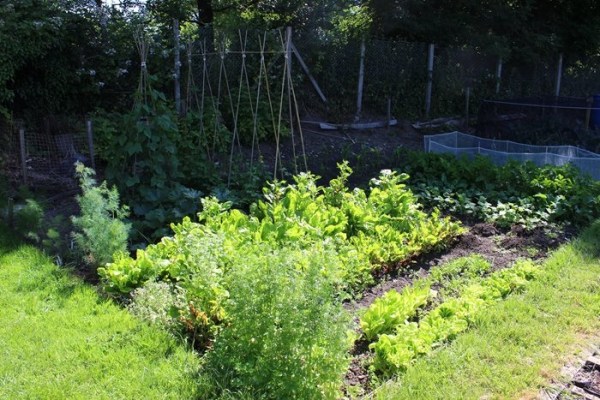
All vegetables need some light to grow. The garden plants that need the least sun, shade vegetables, require at least two to three hours of light a day in order to photosynthesize and grow.
Even plants that need little sun will not thrive in the complete absence of light, so plants cannot be grown in a completely shaded area that never receives direct or reflected light.
Why do plants need light?
Plants need light energy to carry out photosynthesis, a basic process of plant metabolism on which their proper growth and development depend.
But… What is photosynthesis in plants? Photosynthesis is the process by which, in the presence of light, plants (as well as algae and some bacteria) generate energy and synthesize organic matter or «living» matter from inorganic substances (carbon dioxide from the air, water and nutrients).
Photosynthesis has several phases. In the previous phase or absorption stage, the roots of the plant absorb water and nutrients and these circulate to the leaves and other green organs, where photosynthesis itself is carried out.
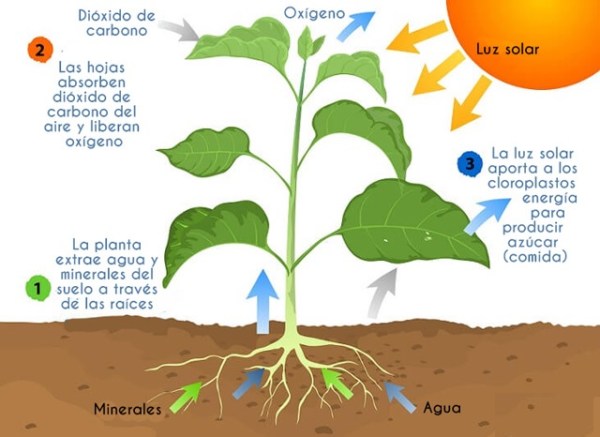
In the light phase of photosynthesis, through a complex biochemical process, the plant uses the energy of light to dissociate the water molecules that it absorbs from the soil and releases chemical energy (ATP and NADPH) in this reaction.
In the dark phase or Calvin Cycle, the chemical energy produced in the previous phase is used in several complex chemical reactions and, as a result, the plant obtains glucose and oxygen. The oxygen is expelled back into the atmosphere and the glucose is used to provide the plant with energy for cell multiplication (growth of organs and tissues) and to synthesize other compounds such as proteins, starch or lipids.
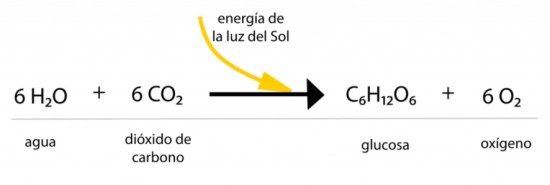
In crops that do not receive enough light, the photosynthetic process stops or slows down a lot, and the plant is not able to get enough energy and food to grow.
In addition, if there is no light, the chlorophyll of the plant cells is deactivated, the plants lose their intense green tone and yellow or pale green leaves and weak, whitish and excessively long stems appear (etiolation or thinning due to lack of light).
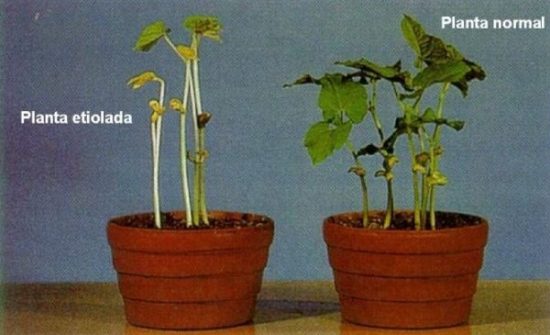
In addition to chlorophyll, there are other plant pigments and molecules that absorb and use light energy. These photoreceptors (contained not only in the green parts of the plant, but also in seeds and roots) are capable, by capturing photons of light, of triggering essential biological processes that allow plants to germinate, flower and bear fruit.
Without the alternation of light and darkness, therefore, the metabolism of the plants does not develop correctly and the plants present abnormalities in their growth.
Vegetables and Vegetables that need little sun
What vegetables can grow with little sun? What to plant if we want to grow a garden in a shaded patio?
The first thing you should know is that the garden plants that best tolerate shade are leafy vegetables (lettuce, escarole, spinach, kale…). On the contrary, vegetables that have a fruit use (such as tomato, eggplant, cucumber or squash plants) do not tolerate shady areas and need a full sun location with 6-8 hours of direct sun to develop well.
Although they will grow better with more light, other plants for gardens with little sun that can grow in semi-shade areas are brassicas or cruciferae (broccoli, turnip, cauliflower…) and some root and bulb vegetables, such as ginger, carrot or garlic.

When designing the garden it is important to know how much sun and how much shade each area will receive and to consider the light needs of the plants to choose the best placement for the crops in the garden.
Here we show you which are the plants in the garden that need less light:
- Chard
- Garlic
- Celery
- Broccoli
- Onion
- Parsnip
- Cauliflower
- cabbage or cabbage
- Spinach
- Asparagus
- strawberries and strawberries
- Green peas
- Broad beans
- Ginger
- Lettuce
- Turnip
- Potatoes
- Leek
- Radish
- Beetroot
- arugula
- Rhubarb
- Carrot
Other plants for a shaded garden
Although they are not vegetables and greens, there are other plants that can be grown in the garden and that need little sun. These semi-shade vegetables can therefore be planted in shady areas such as the border with walls and walls or under the trees in the garden.
These are other plants for orchards and gardens with little sun:
- Aromatic plants such as parsley, chives, basil, mint and coriander.
- Hedges of wild fruits such as blueberries, currants or blackberries.
- Flowers such as calendula, chamomile or violet.
- Plants for green manures such as alfalfa or white clover.
Tips for gardening in low sun
Keep in mind that vegetables grown in little sun or partial shade take longer to grow, so the harvest can be delayed several weeks compared to growing the same plants in full sun.
Before planting shade vegetables in the final plot, it is recommended to make seedbeds. In a seedbed, the plants are more protected and grow better during their early stages, so the percentage of germination is higher than in the ground or in large containers. In addition, in this way, we ensure that we discard diseased or stunted plants and that the vegetables planted in the garden are the best specimens.
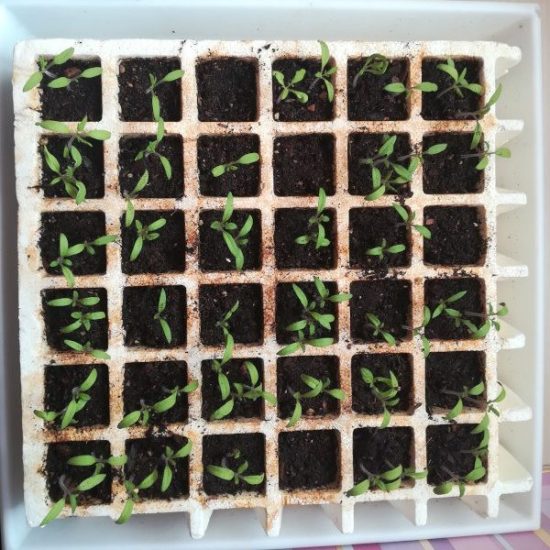
On the other hand, in shaded crops it is very important to monitor and prevent the pests and diseases with the highest incidence, which in this case are the fungi in the garden and the slugs such as snails and slugs, for which we can place traps (glasses of beer) that will help us catch them.
To avoid an environment that is too humid that favors the incidence of fungi, it is important not to overdo it with watering and favor aeration between the plants. To do this, if possible, install a localized irrigation system that does not wet the leaves of the plants, such as drip irrigation.
It is also important to leave the proper separation between plants (to promote aeration and to reduce shaded areas on neighboring plants) and occasionally apply preventive treatments for fungi, such as biostimulants made with nettle or horsetail.
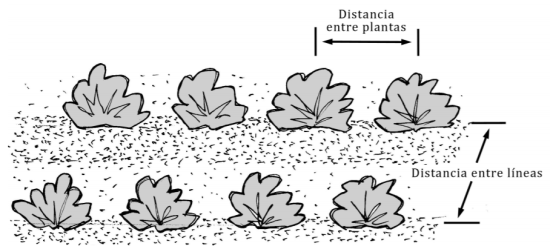
Although shade-tolerant plants can grow in partial shade or without direct sun, they will always do best if they are in a sunny area, so it is important to try to get as much light as possible.
To make better use of sunlight, it is optimal to install the garden facing south and, if there are walls or walls around the garden, paint them white so that they reflect more sunlight.
It can also be very useful, especially in urban gardens installed on terraces and balconies or for indoor plants, to use reflective screens such as white or silver panels that divert light to the plants.
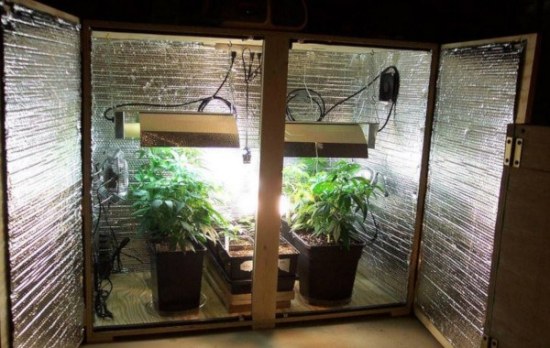
Finally, although these are more modern orchards that deviate from traditional cultivation, plants can also be grown indoors in the absence of sunlight using grow tents or indoors (more information about this in the post on « Growing tents in house «).
shaded orchards
Although it is not the topic of today’s post, we wanted to mention another topic that has to do with cultivation in the shade: shaded orchards or orchards with shade mesh for areas with too much sun.
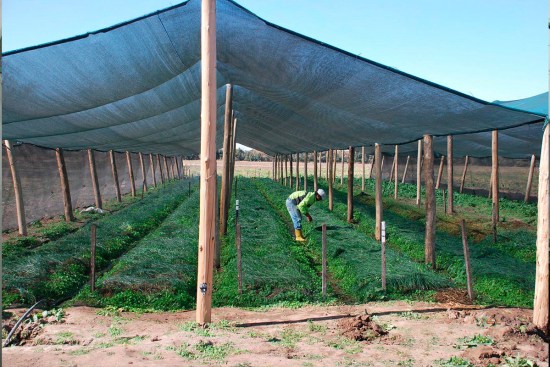
In the case of growing vegetables in full sun, the installation of shade nets or shading nets not only serves to protect crops from sunburn and strong winds, but can help improve crop yields.
In addition to conserving moisture and reducing wind and direct radiation, shade nets, if colored, can have other benefits for crops. Various scientific studies and field trials have shown that using colored shade nets on some horticultural plants has very positive effects on fruit ripening and quality as well as protection against pests.
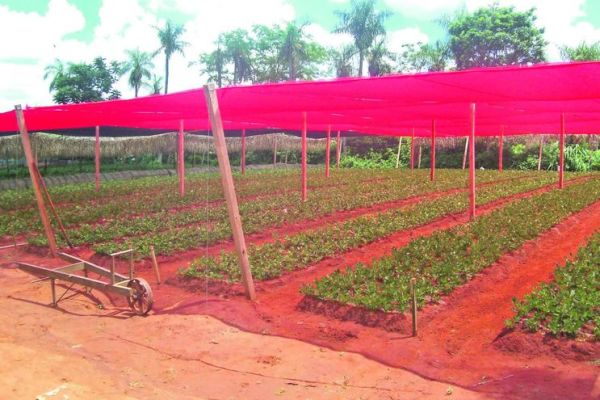
Colored meshes (red, yellow, blue, pearl gray…) modify the spectrum of light that reaches the plants and this colored light (as in the case of the application of colored LED lights) can affect growth of plants and their composition.
According to these studies, red netting, for example, enhances photosynthesis and stimulates vegetative growth, leading to larger leaves. In tomatoes, peppers and broccoli, red light causes more and larger fruits to be produced and these to have a higher content of lycopene and other antioxidant pigments that are beneficial for health.
References
- Lin, CH et al., 1998. Shade effects on forage crops with potential in temperate agroforestry practices. Agroforestry Systems, vol. 44, p. 109–119.
- Whitekam, G. & Halliday, K., 2007. Light and Plant Development. Annual Plant Reviews, vol 30. Ed. Blackwell (ISBN: 978-1-405-14538-1).
- Espinoza Morales, JL, 2010. Effect of transmitted radiation and shade mesh color on plant growth and yield in horticulture. Applied Chemistry Research Center (Mexico).
- Paniagua-Pardo et al. , 2015. Effect of high-intensity LED light on broccoli seedling germination and growth. Polibotánca, nº 40, p. 199-212.
- Graziano, J., 2016. Garden Design. Pro Huerta Program, National Institute of Agrarian Technology (INTA, Argentina).
- Fankgauser, C. & Batschauer, A., 2016. Shadow on the Plant: A Strategy to Exit. Cell, vol. 164, p. 15-16.

![Photo of Calendula: [Cultivation, Irrigation, Care, Pests and Diseases]](https://www.complete-gardening.com/wp-content/uploads/2022/08/calendula-cultivation-irrigation-care-pests-and-diseases-390x220.jpg)
![Photo of Thuja Orientalis: [Cultivation, Irrigation, Associations, Pests and Diseases]](https://www.complete-gardening.com/wp-content/uploads/2022/08/thuja-orientalis-cultivation-irrigation-associations-pests-and-diseases-390x220.jpg)
